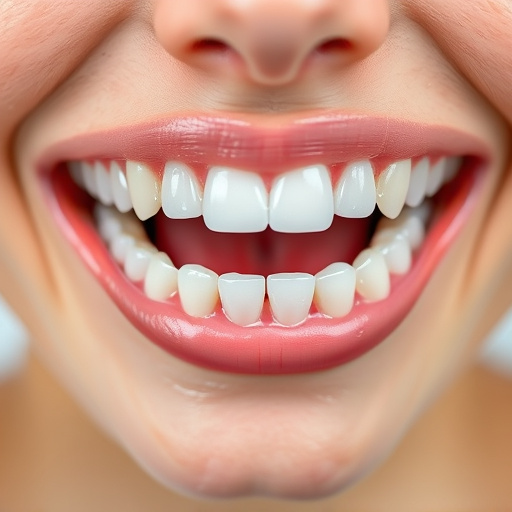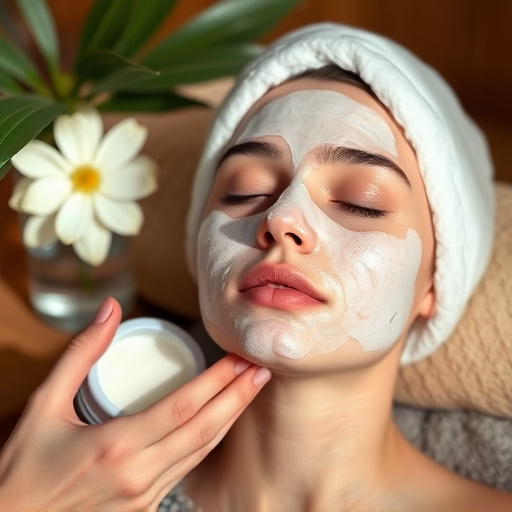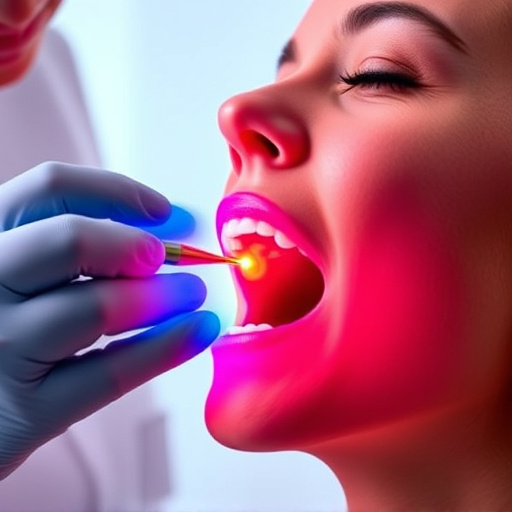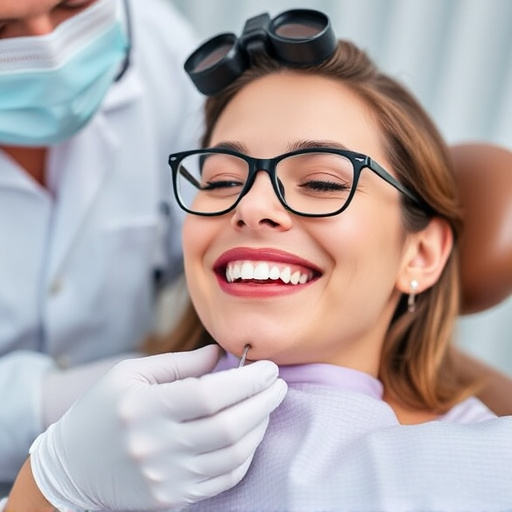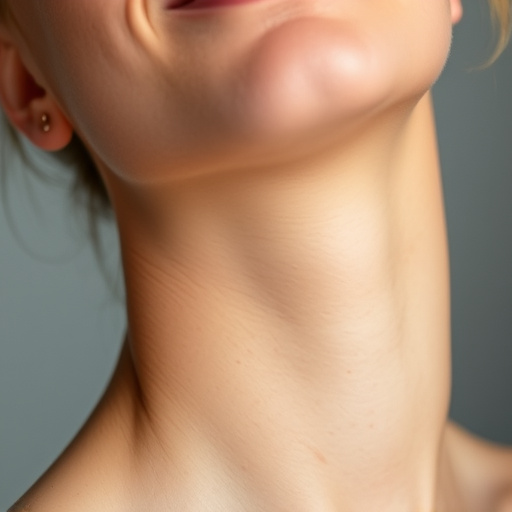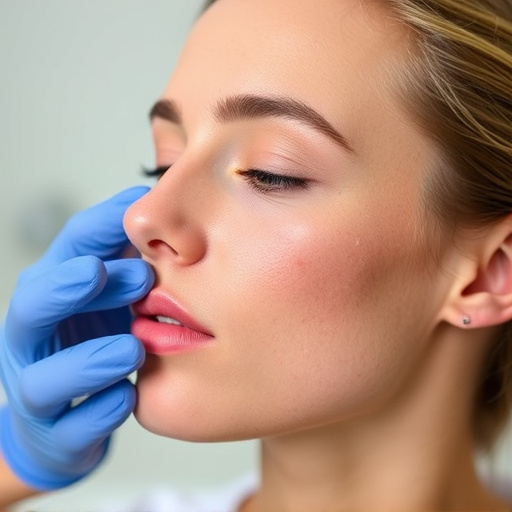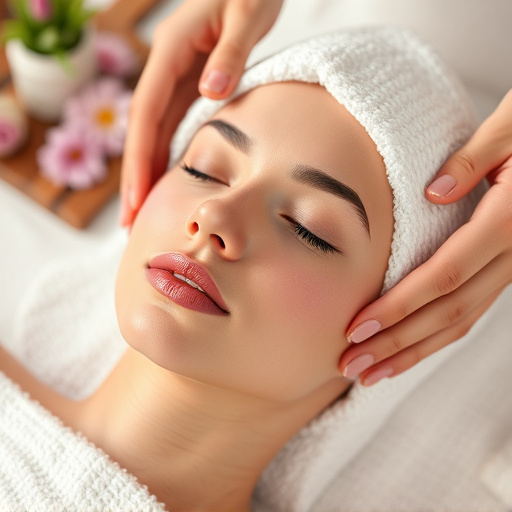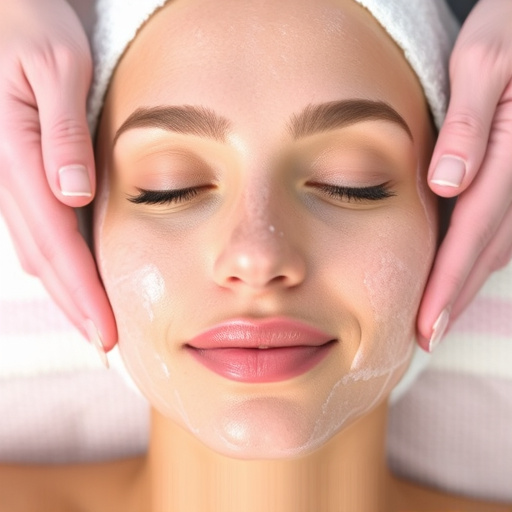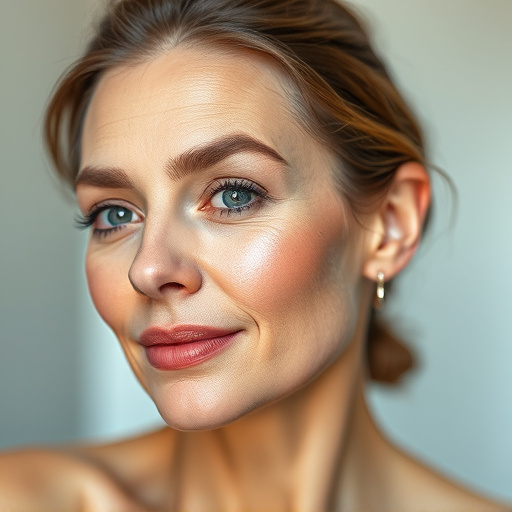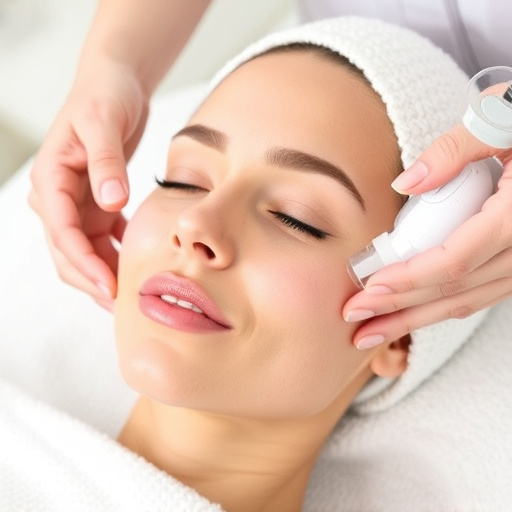Hormonal acne, common in teens and those with fluctuating hormones, is caused by androgen stimulation of sebaceous glands, leading to excess sebum, bacterial growth, and inflammation. Triggers include stress, menstrual cycles, medication, and genetics. Personalized skincare routines, targeted topical therapies (e.g., microneedling), hormonal balancing serums, and hydrating facials are key for effective management. Combining these with medical interventions like birth control or laser hair removal offers a comprehensive, multi-faceted hormonal acne treatment approach for optimal clear, healthy skin outcomes.
“Hormonal acne, a common skin concern affecting many, arises from an intricate interplay of hormones and skin physiology. This article delves into effective strategies for managing hormonal acne by combining two powerful approaches: understanding its causes and exploring topical therapies. We’ll guide you through the process of integrating these methods to achieve optimal results. By gaining insights into both the root causes and targeted treatments, individuals can take control of their skin health and bid farewell to hormonal acne.”
- Understanding Hormonal Acne Causes and Triggers
- Exploring Topical Therapies for Effective Treatment
- Integrating Hormonal and Topical Approaches for Optimal Results
Understanding Hormonal Acne Causes and Triggers
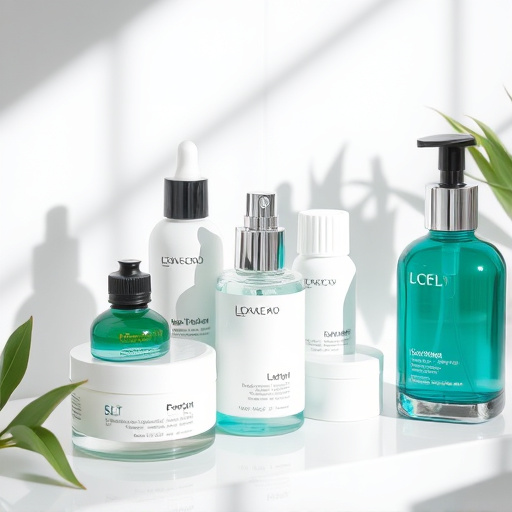
Hormonal acne is a common skin concern, especially for individuals with active hormonal systems, such as teenagers and people experiencing hormonal fluctuations. Understanding its causes and triggers is paramount when considering effective treatment options. This type of acne forms when hormones, primarily androgens, stimulate the sebaceous glands, leading to an overproduction of sebum. The excess oil can then trap skin cells, creating a perfect environment for bacteria to thrive, resulting in inflammation and the characteristic red, inflamed spots or cysts.
Various factors can trigger hormonal acne, including stress, menstrual cycles, certain medications, and even genetics. For instance, the body’s natural response to stress hormones can disrupt the skin’s oil balance, leading to breakouts. Similarly, fluctuating hormone levels during puberty, pregnancy, or menopause are common contributors. Personalized skincare routines and treatments that address these root causes are essential in managing and preventing hormonal acne effectively alongside targeted topical therapies like microneedling therapy and body contouring for a comprehensive approach to clear, healthy skin.
Exploring Topical Therapies for Effective Treatment
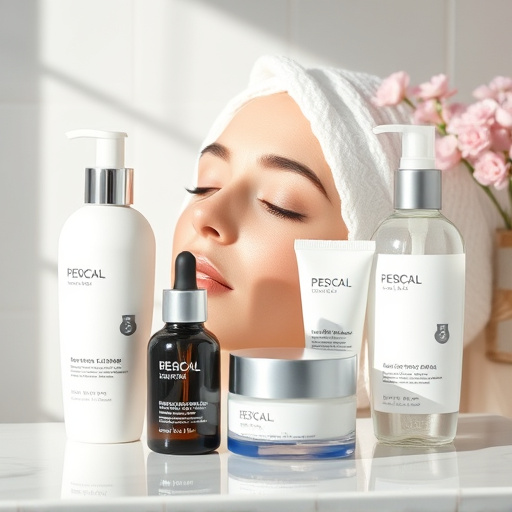
In the realm of hormonal acne treatment, topical therapies play a pivotal role in addressing and mitigating skin concerns effectively. Beyond oral medications and lifestyle adjustments, exploring these localized treatments offers a tailored approach to combat acne, especially for individuals dealing with hormonally-driven breakouts. Topical therapies cater to various aspects of skincare, focusing on pore refinement, hydration, and overall skin rejuvenation.
One notable option is utilizing specialized serums designed to balance hormones and reduce inflammation locally. These formulations can include active ingredients like benzoyl peroxide or salicylic acid, known for their ability to unclog pores and regulate oil production. Additionally, hydrating facials have gained popularity as a soothing and nourishing solution for acne-prone skin, promoting a healthier, more balanced complexion through deep hydration and gentle exfoliation. Such therapies not only address the symptoms of hormonal acne but also work towards improving the overall health and appearance of the skin, contributing to a comprehensive treatment strategy.
Integrating Hormonal and Topical Approaches for Optimal Results
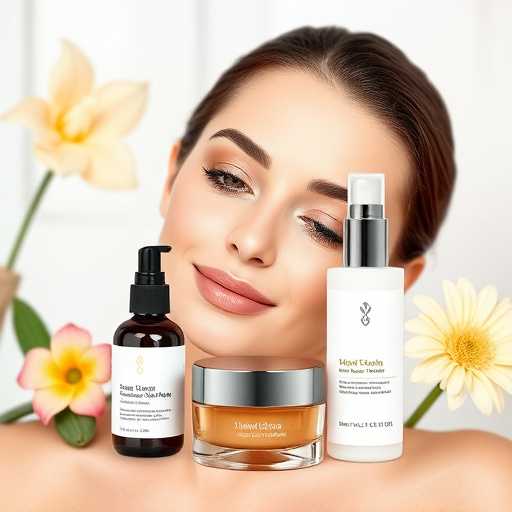
Combining hormonal acne treatment with topical therapies offers a comprehensive approach to achieving clear and healthy skin. Hormonal imbalances are often at the root cause of acne, and addressing them through medical interventions like birth control pills or hormonal treatments can significantly reduce inflammation and unclog pores. However, these methods may not be sufficient on their own.
Integrating customized facials and other facial treatments with hormonal acne treatment enhances its effectiveness. Topical therapies, such as retinoids, benzoyl peroxide, and alpha hydroxy acids, work in synergy with hormonal interventions to target different aspects of acne. For instance, while hormones regulate oil production and skin cell turnover, topical agents can help unclog pores and reduce existing inflammation. Moreover, laser hair removal can complement these efforts by minimizing hair follicle congestion, further contributing to clearer skin. This multi-faceted approach ensures optimal results, catering to the unique needs of each individual’s skin.
Combining hormonal acne treatment with topical therapies offers a comprehensive approach to managing this complex condition. By understanding the root causes and exploring effective topical treatments, individuals can achieve clearer skin. Integrating these two methods provides optimal results, addressing both the underlying hormonal imbalances and the visible symptoms of acne. This dual-approach ensures a more tailored and successful hormonal acne treatment regimen.

